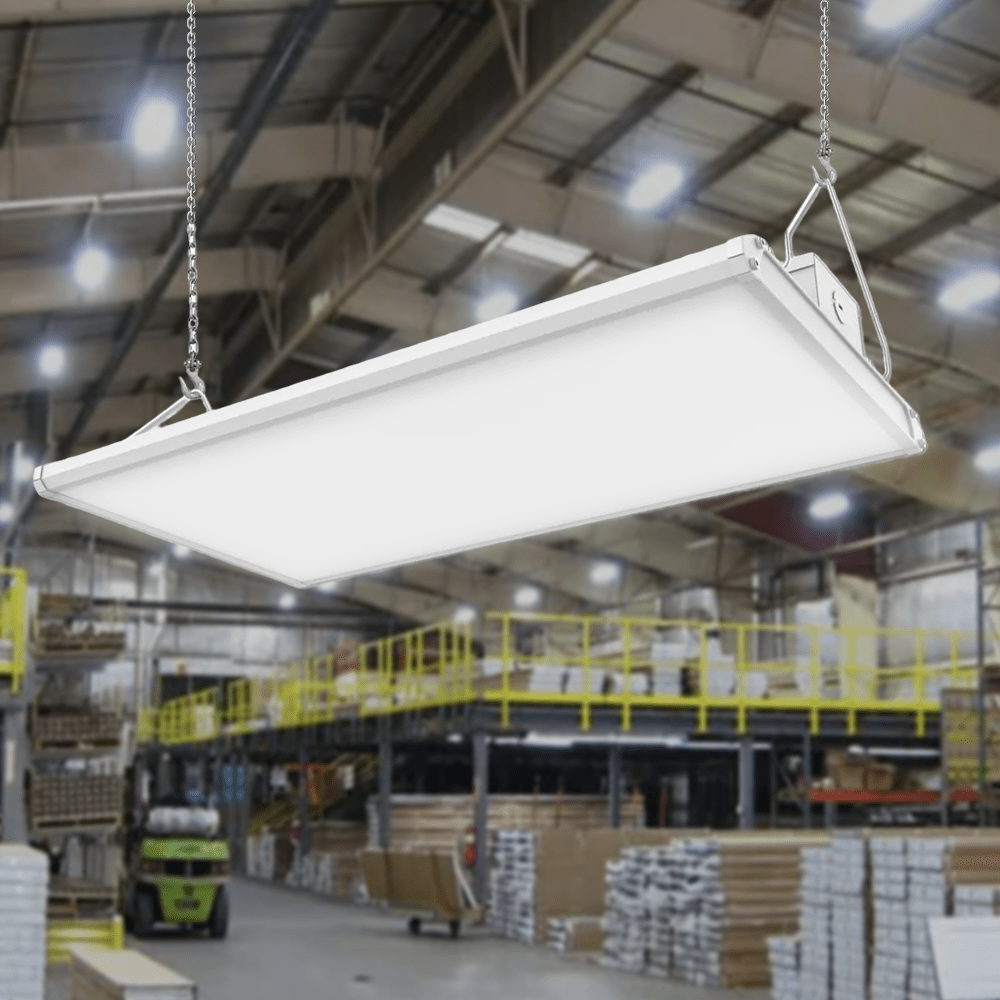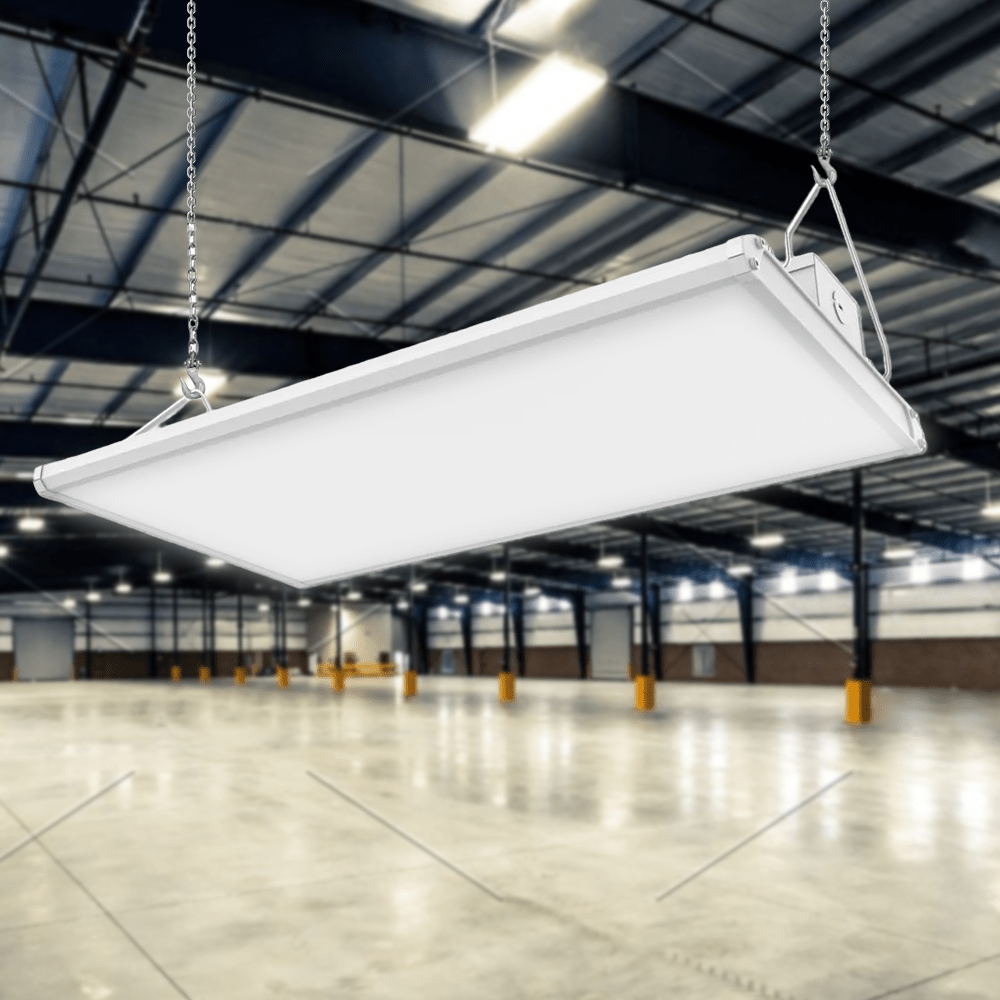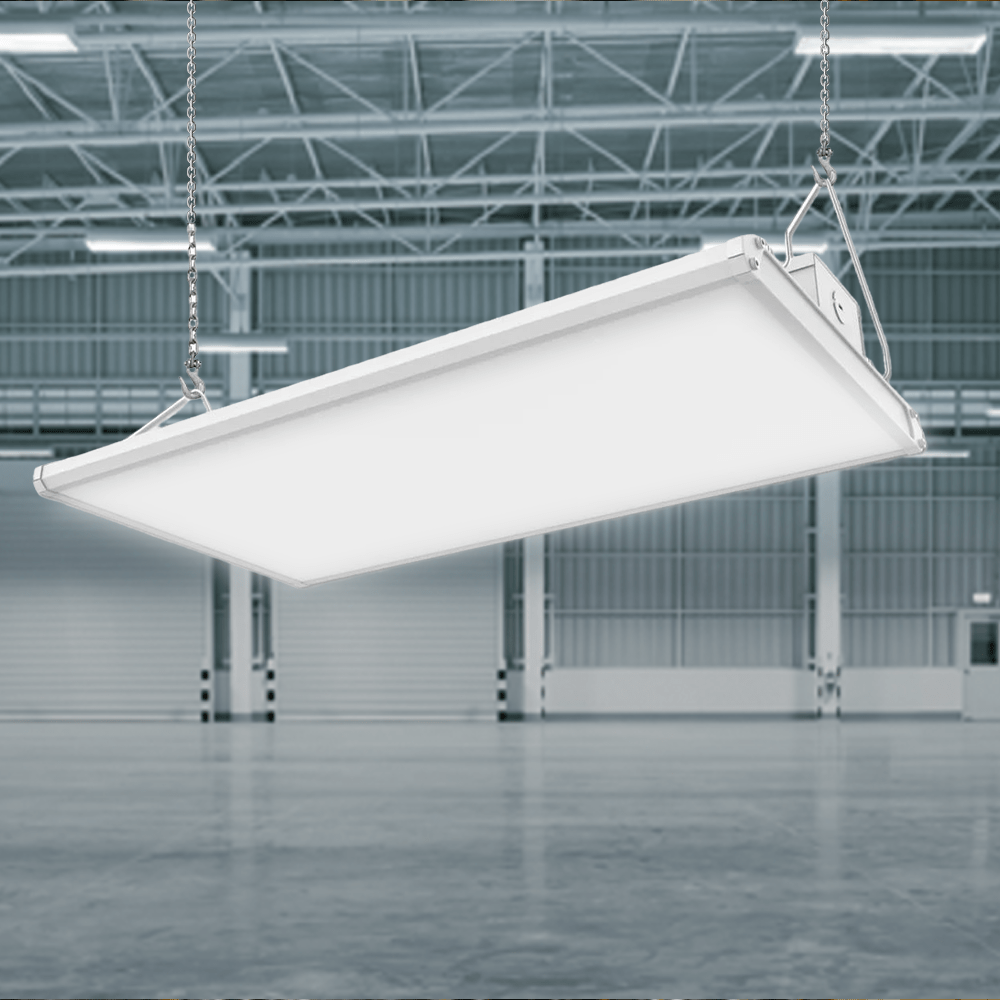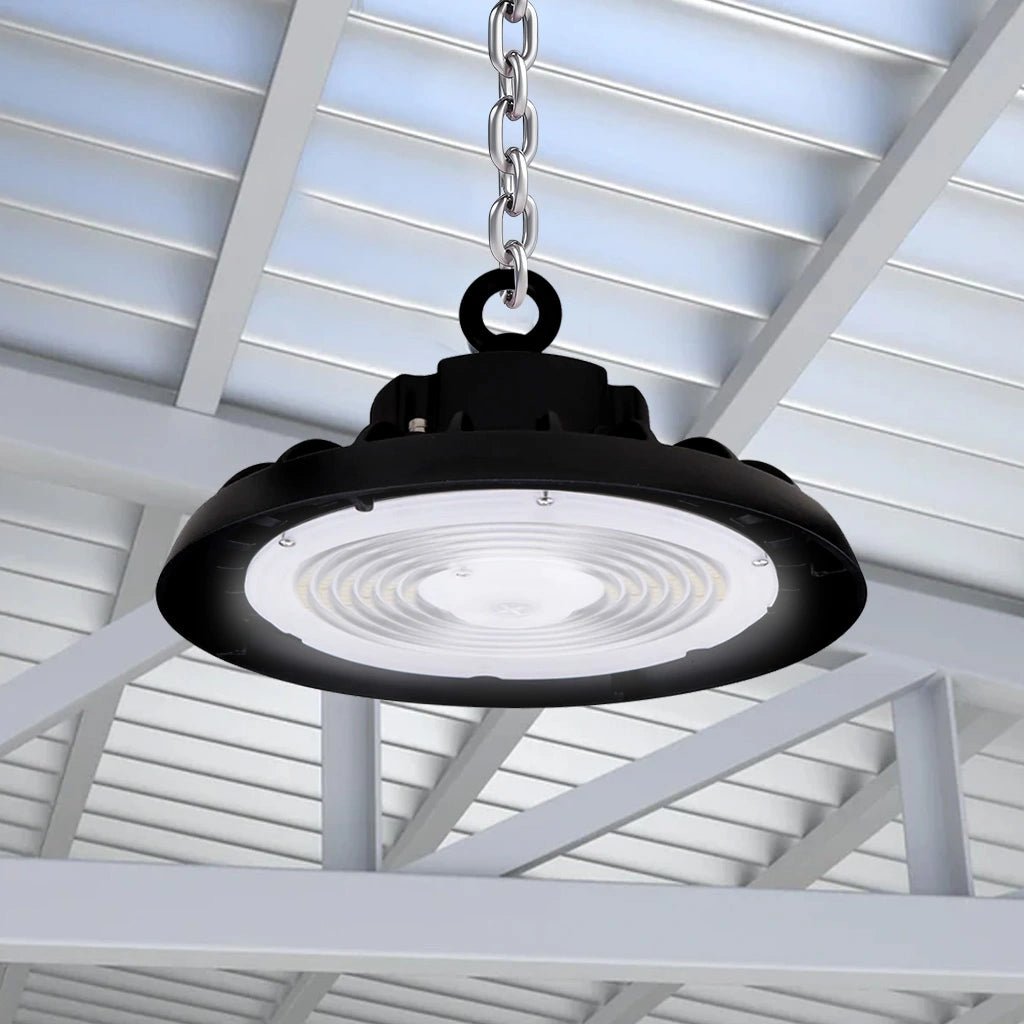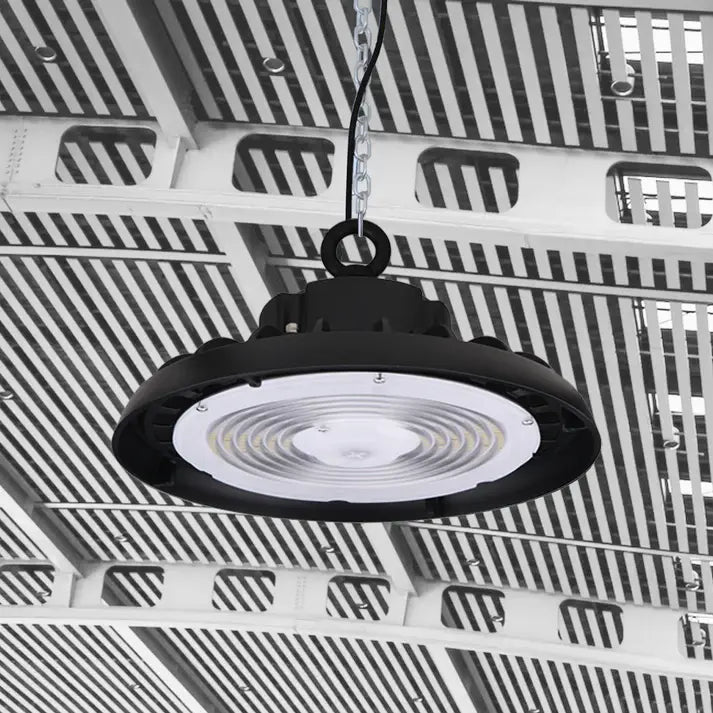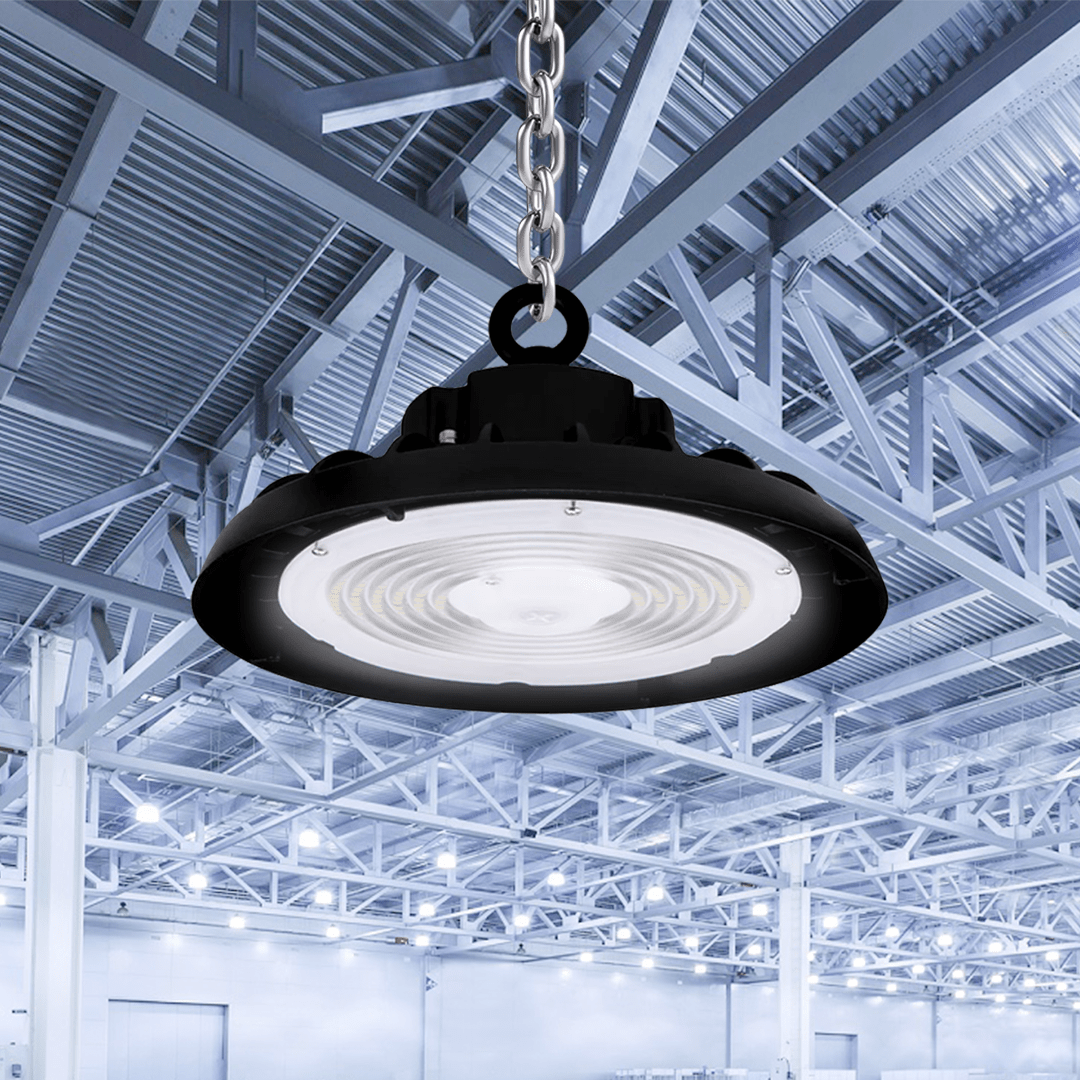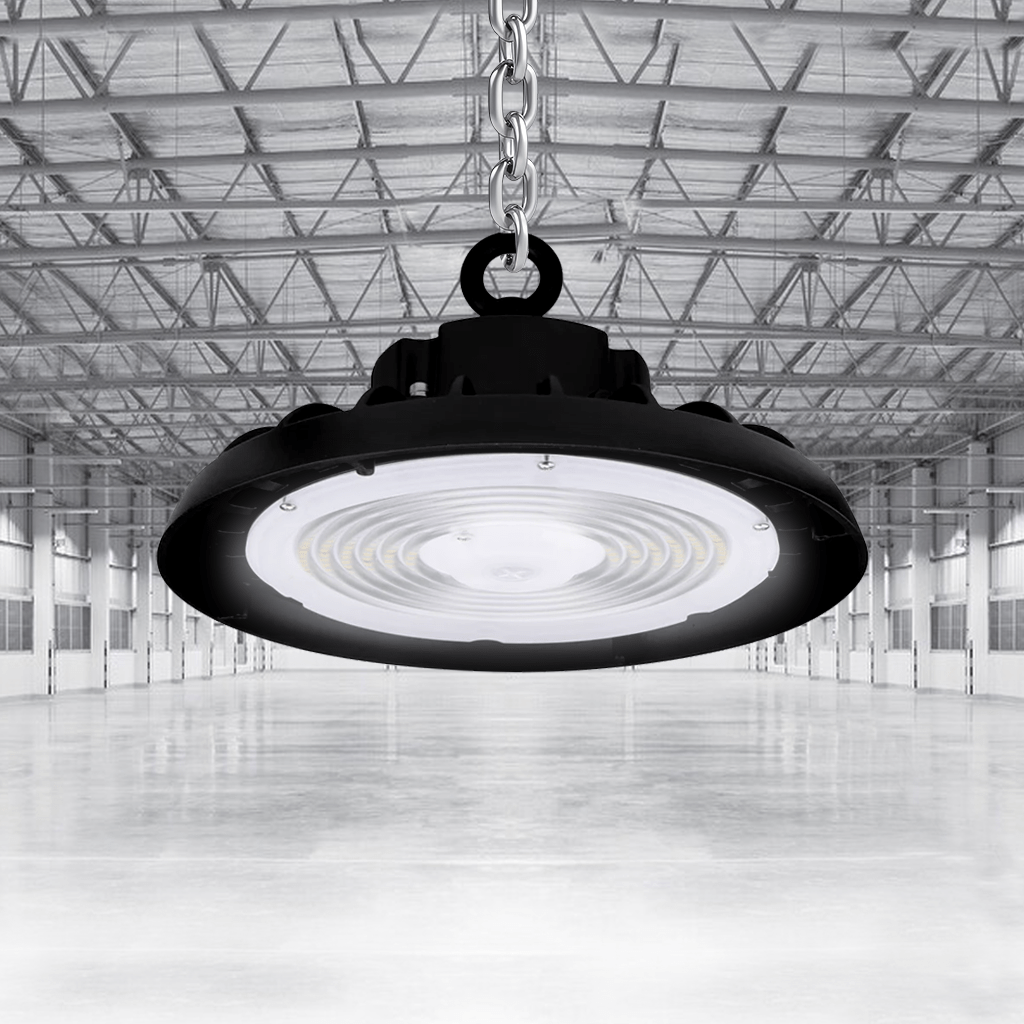Introduction
High bay lights are an essential lighting solution in various industrial and commercial settings. They provide ample illumination in large spaces, such as warehouses, factories, gyms, and retail stores. However, determining the correct distance between high bay lights can be a crucial factor in ensuring optimal lighting efficiency and uniformity. In this article, we will explore the key considerations and factors that influence the spacing of high bay lights to create a well-lit and safe environment.
Understanding High Bay Lights
Before delving into the ideal distance between high bay lights, it's essential to understand what high bay lights are and how they work. High bay lights are typically suspended from the ceiling at a considerable height, designed to illuminate spaces with high ceilings. They emit a powerful, focused light that ensures even distribution of illumination throughout the area.
Types of High Bay LightsThere are several types of high bay lights, including metal halide, LED, and fluorescent. Each type has its unique features and advantages, making it suitable for specific applications. Choosing the right type of high bay light is the first step in achieving optimal lighting.
Factors Influencing Distance
Determining the appropriate distance between high bay lights depends on various factors. Let's take a closer look at these factors:
Ceiling Height
The height of the ceiling plays a crucial role in deciding the distance between high bay lights. Taller ceilings require lights to be spaced farther apart to cover a larger area adequately. Conversely, lower ceilings may necessitate lights to be placed closer to maintain adequate brightness.
Light Output
The lumen output of high bay lights is a critical factor. Lights with higher lumens can cover more significant areas, allowing for more extended spacing between fixtures. Lower lumen lights may require closer spacing to achieve the desired illumination level.
Beam Angle
The beam angle of the high bay lights determines the spread of light. Lights with a wider beam angle can cover a larger area, reducing the need for close spacing. Narrower beam angles may require lights to be placed closer together for uniform lighting.
Task Requirements
Consider the specific tasks performed in the space when determining light spacing. Areas with intricate tasks may require more concentrated lighting, while general storage areas can have wider spacing.
Calculating the Distance
To calculate the ideal distance between high bay lights, you can use a simple formula:
Distance (in feet) = Ceiling Height (in feet) ÷ 2
This formula provides a rough estimate of the distance needed for proper illumination. However, it's essential to consult with a lighting professional or use specialized lighting software for more precise calculations based on your unique requirements.
Benefits of Proper Spacing
Ensuring the correct distance between high bay lights offers several benefits:
-
Energy Efficiency: Proper spacing reduces energy consumption by avoiding over-illumination, leading to cost savings.
-
Enhanced Safety: Adequate lighting minimizes the risk of accidents and improves overall safety in the workspace.
-
Improved Productivity: Optimal lighting conditions promote better concentration and productivity among employees.
-
Longer Fixture Lifespan: Properly spaced high bay lights experience less wear and tear, resulting in a longer lifespan.
-
Compliance: Meeting lighting standards and regulations is essential in certain industries, and proper spacing helps achieve compliance.
Conclusion
In conclusion, the distance between high bay lights is a critical consideration for achieving optimal lighting in industrial and commercial spaces. Factors like ceiling height, light output, beam angle, and task requirements influence the spacing of these lights. By calculating the distance carefully and understanding your specific needs, you can create a well-lit and efficient workspace that benefits both employees and the bottom line.
FAQs
1. Are LED high bay lights better than metal halide lights for spacing purposes?
LED high bay lights are generally more efficient and offer better spacing options than metal halide lights due to their higher lumens and energy-saving features.
2. Can I install high bay lights myself, or should I hire a professional?
While it's possible to install high bay lights yourself, it's recommended to hire a professional to ensure proper installation and spacing for optimal lighting.
3. Are there any industry-specific regulations for high bay light spacing?
Yes, some industries may have specific regulations and standards for high bay light spacing to ensure safety and efficiency. It's essential to check with industry authorities for compliance.
4. Can I retrofit my existing high bay lights for better spacing?
Yes, retrofitting existing high bay lights with more efficient fixtures or upgrading to LED lights can improve spacing and energy efficiency.
5. What should I do if I have irregular ceiling heights in my facility?
If your facility has varying ceiling heights, it's advisable to consult with a lighting professional who can design a custom lighting solution to accommodate the differences and ensure uniform illumination.
















































































